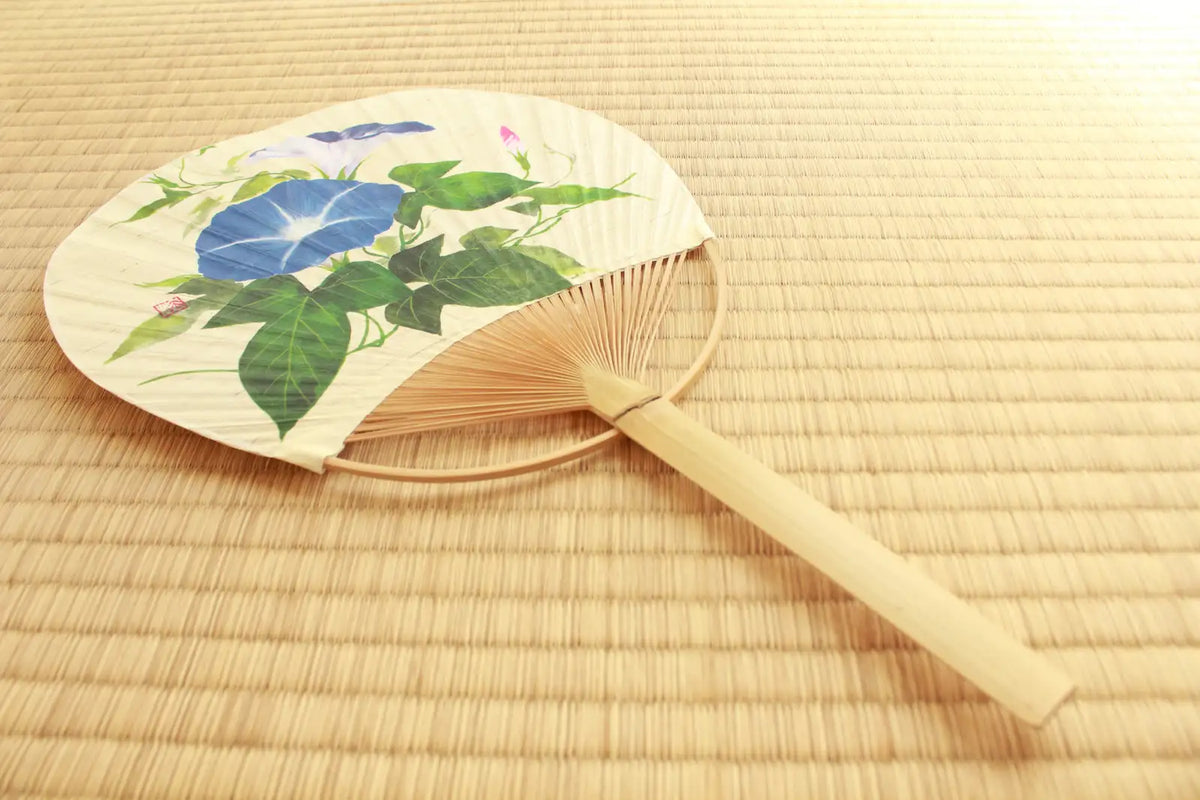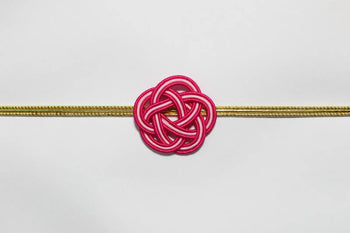

For many, Japan remains a land of elegance and tradition, where the past seamlessly blends with the present. One item that embodies this blend is the uchiwa fan. These beautifully crafted handheld fans are more than just tools for cooling down during Japan's hot summers—they are cultural symbols with deep historical roots.
The Origins of Uchiwa Fans
The uchiwa fan's history in Japan can be traced back to influences from China and Korea between the 4th and 8th centuries. Initially, these fans were known as sashiba and featured long handles with materials like feathers and leaves. Over time, as they gradually transformed into the uchiwa we recognize today, they became indispensable in Japanese life.
Not only used for cooling, uchiwa fans served various purposes. They were shields against the sun, deterrents for insects, and even a tool for privacy among the elite. By the 16th century, the construction of uchiwa fans saw significant changes with the introduction of bamboo and washi paper, making them both functional and beautiful.
Evolution Through the Ages
Fast forward to the Edo period, and uchiwa fans began to serve not just practical needs but also ornamental ones. They became canvases for art, adorned with Ukiyo-e prints depicting scenes from daily life and portraits of beautiful women, known as Bijin-ga. Shrines and temples capitalized on their popularity, offering specially designed fans to visitors as souvenirs.
The 19th century saw an innovative use of uchiwa fans—advertising. Businesses printed promotional materials on fans, turning them into traveling billboards. However, the 20th century brought challenges, such as a bamboo shortage, which led to the production of plastic fans, a practice still common today.
Types of Uchiwa Fans
Boshu Uchiwa
Kyo Uchiwa
Marugame Uchiwa
Conclusion
A uchiwa fan is not just a summer accessory; it is a connection to Japanese culture and history. Whether you prefer the traditional craftsmanship of a Boshu or the convenience of a modern plastic version, each fan carries a story of artistry and tradition.
Ready to explore more of Japan's rich culture? Subscribe to our newsletter and discover authentic Japanese snacks, teas, and more delivered monthly to your doorstep.



